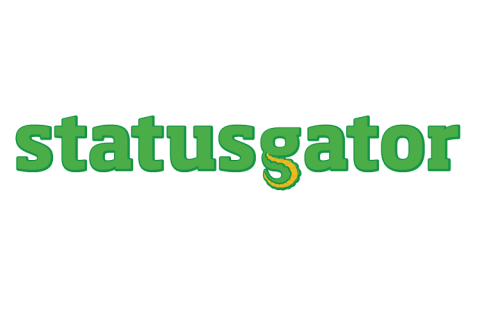Your Status Page Deserves Its Own Domain
Public status pages have risen to become an essential requirement for all publicly facing web services. A well-constructed status page is a hallmark of a customer-centric organization. Status pages provide transparency and help reduce customer support requests during an inevitable outage. With sufficient component details, they can serve as useful information hubs for customers experiencing issues. There are numerous services to make setting up a status page simple and inexpensive.










